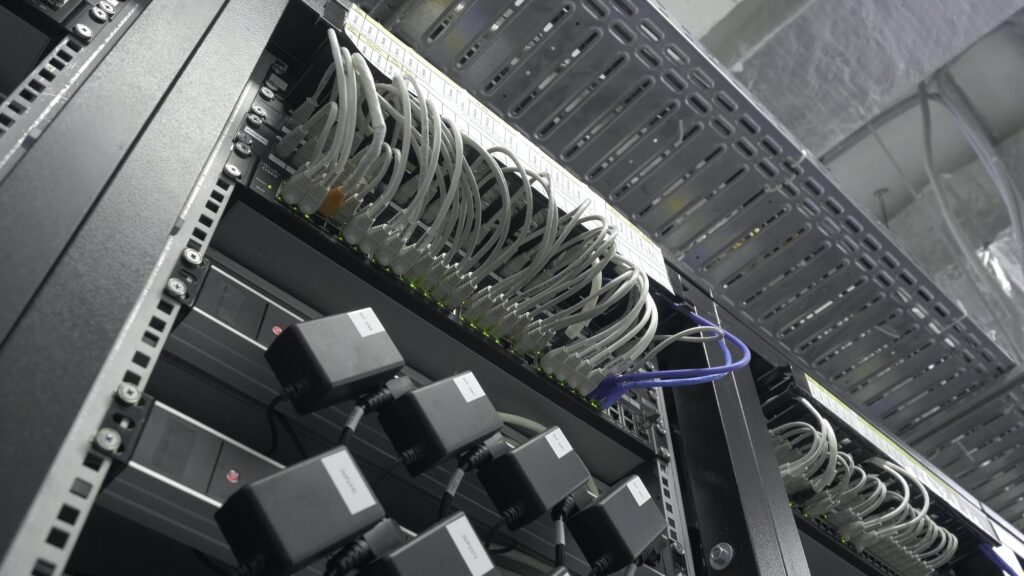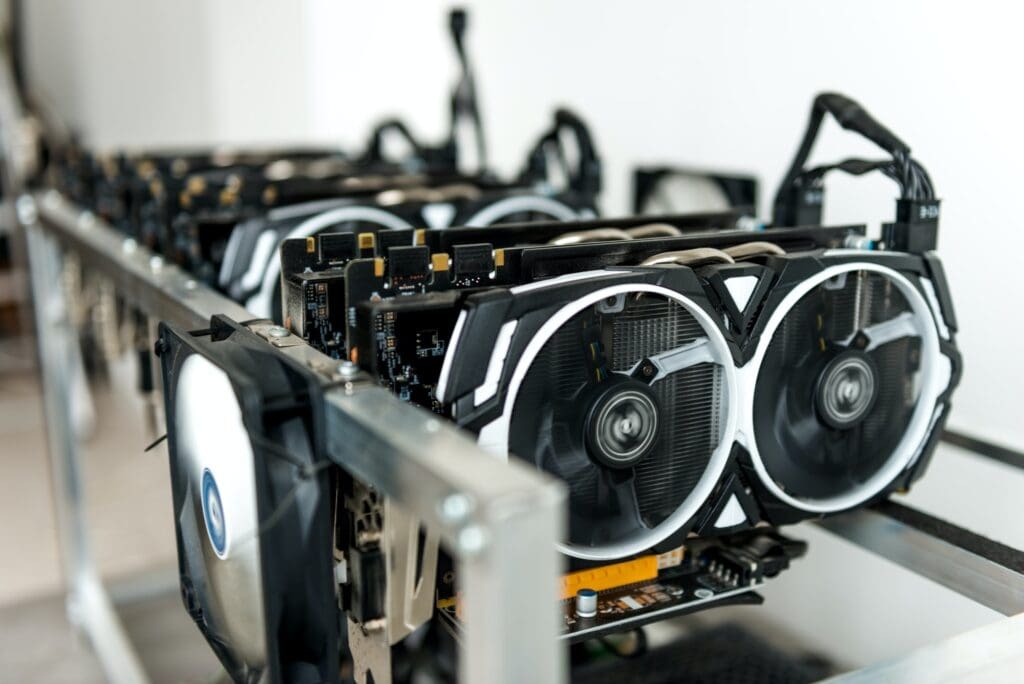The innovative concept of underwater data centers proposes a groundbreaking solution for the blockchain industry’s challenges with energy consumption and cooling. Through real-world case studies, this article delves into how these submerged sanctuaries of data are not only feasible but are setting new benchmarks in sustainability and efficiency.
Project Natick by Microsoft
Microsoft’s Project Natick is one of the pioneering case studies in underwater data centers. Launched off the coast of Scotland, this project aimed to demonstrate the viability of submerged data processing centers in terms of energy efficiency, cooling, and reduced environmental impact.
Sustainability and Cooling Efficiency: The Northern Isles underwater data center utilized the cold seawater to cool the facility naturally, eliminating the need for traditional air-conditioning systems. This approach resulted in significant energy savings and a reduction in the carbon footprint associated with cooling.
Outcomes and Future Implications: The success of Project Natick has shown that underwater data centers can operate with greater reliability and efficiency than their land-based counterparts. For the blockchain sector, this case study presents a compelling model for decentralized data storage solutions that are both sustainable and efficient.

Underwater Blockchain Mining
Innovative Approach: Some companies are exploring the use of underwater data centers for blockchain mining operations, which are notoriously energy-intensive. By leveraging the cooling benefits of being underwater, these operations can significantly reduce energy consumption and improve the sustainability of mining activities.
Benefits Observed: Preliminary results from these ventures indicate a substantial decrease in cooling costs, which constitute a large portion of the operational expenses in mining. Furthermore, the natural cooling effect has been shown to enhance the performance and lifespan of mining hardware.

Future Directions and Challenges
Global Network Expansion: The deployment of more underwater data centers worldwide could revolutionize the blockchain industry. It presents an opportunity for a more balanced and efficient distribution of data storage and processing resources across the globe.
Addressing Challenges: Despite the promising benefits, the implementation of underwater data centers faces logistical, technical, and environmental hurdles. Ensuring the long-term durability of these facilities, protecting marine ecosystems, and solving maintenance challenges are critical for future success.
The exploration of underwater data centers through case studies like Project Natick and blockchain mining operations highlights their potential to transform the blockchain industry. By offering sustainable, efficient cooling solutions and promising a future of decentralized data storage, underwater data centers stand at the forefront of technological innovation. As the industry continues to evolve, these submerged data havens may become a key player in the sustainable expansion of blockchain technology.









